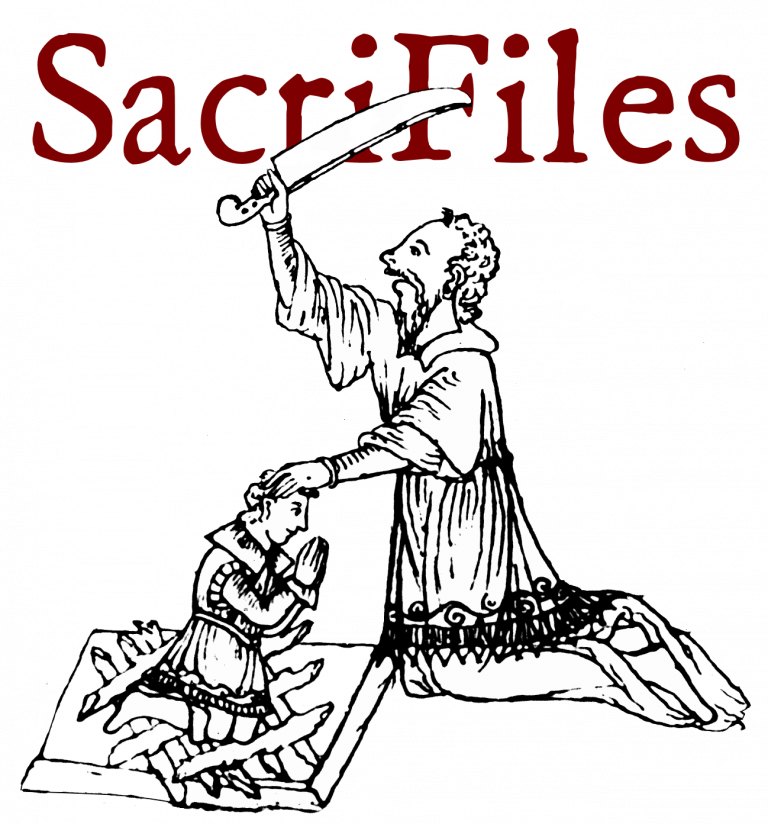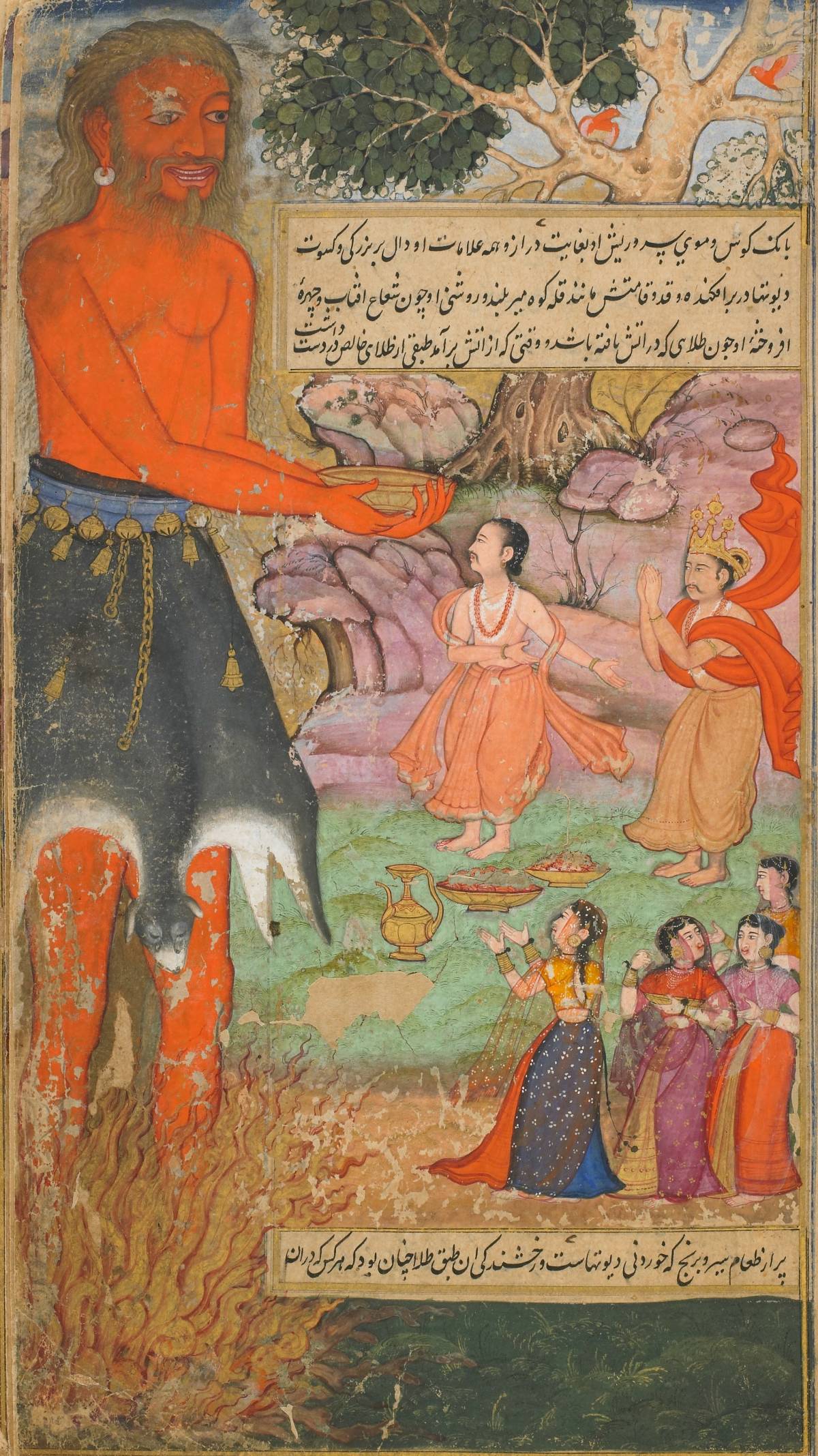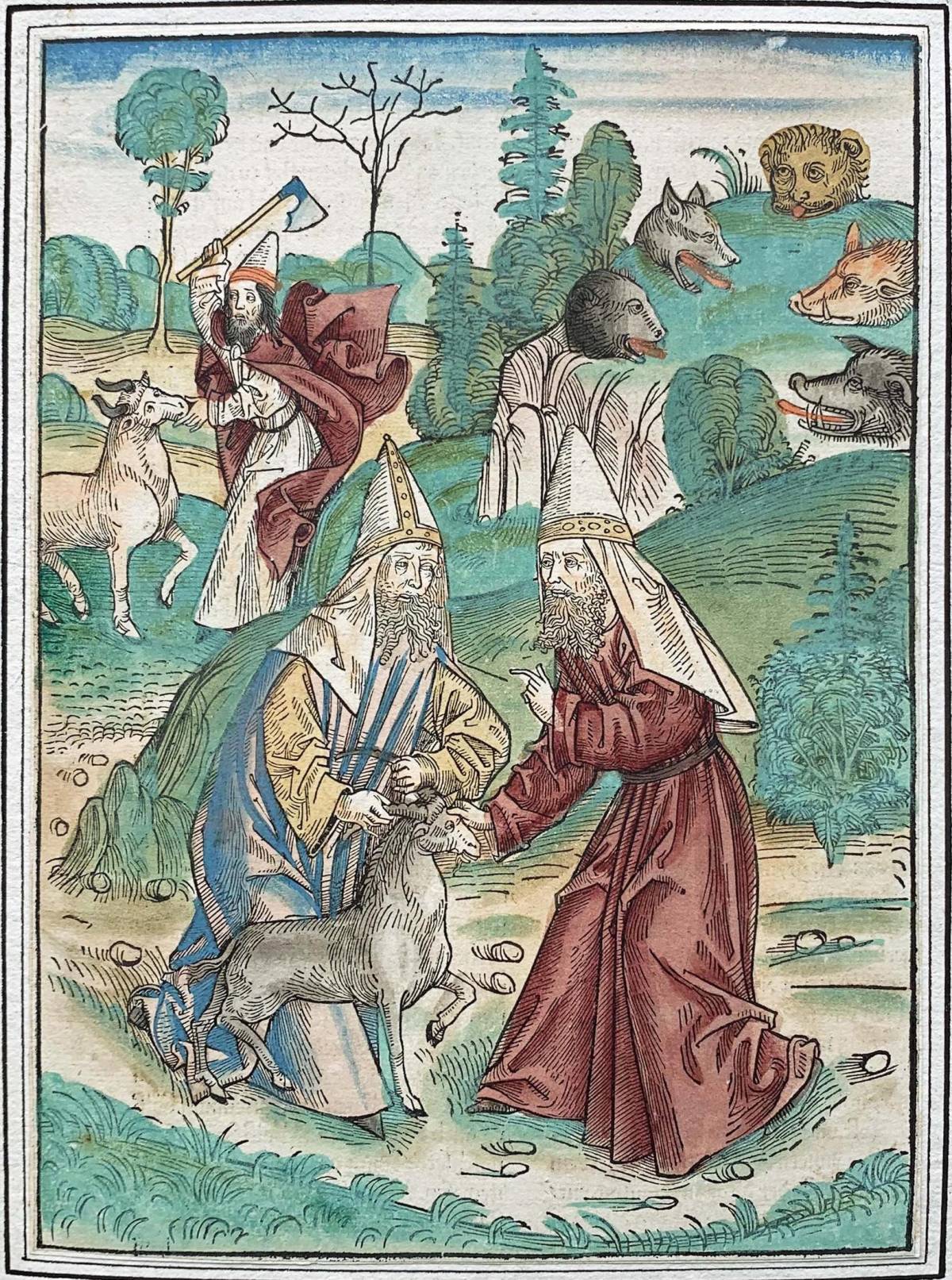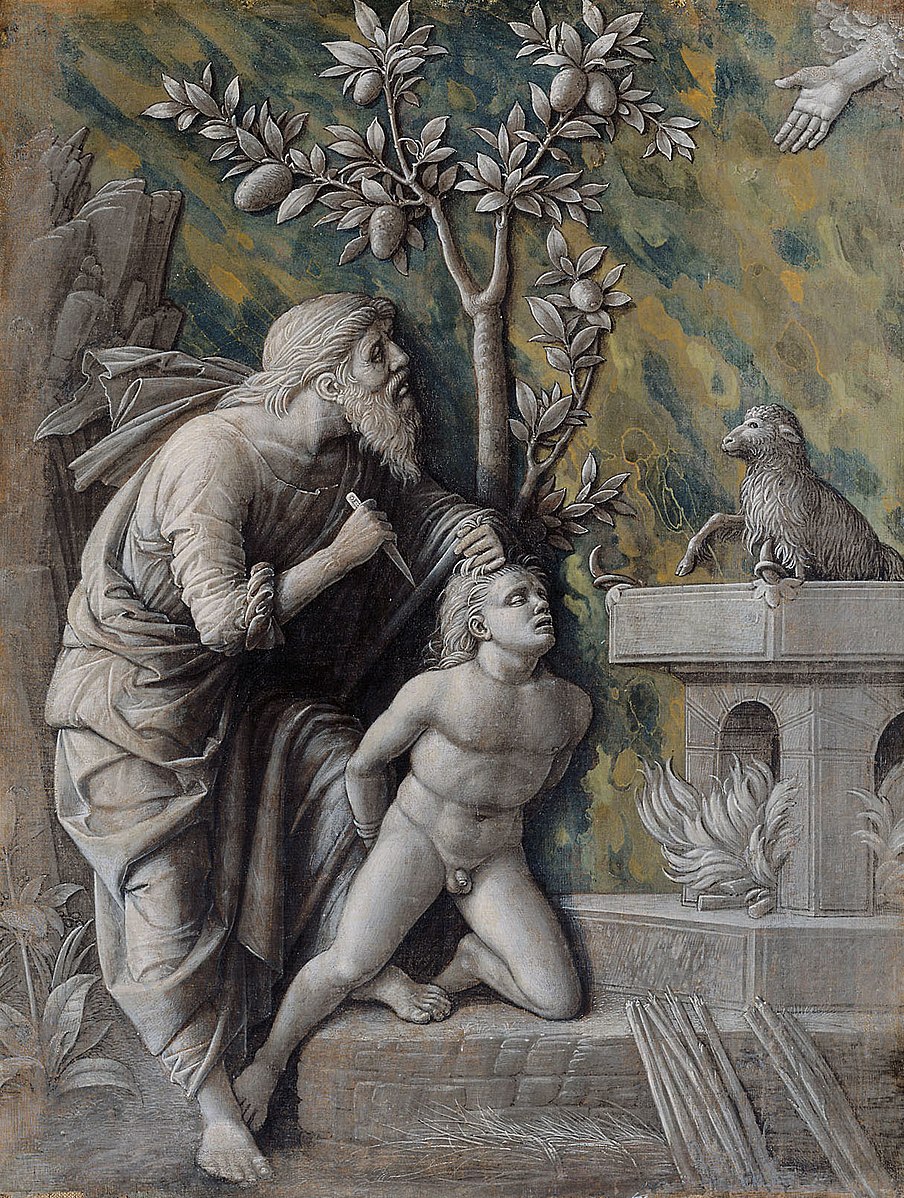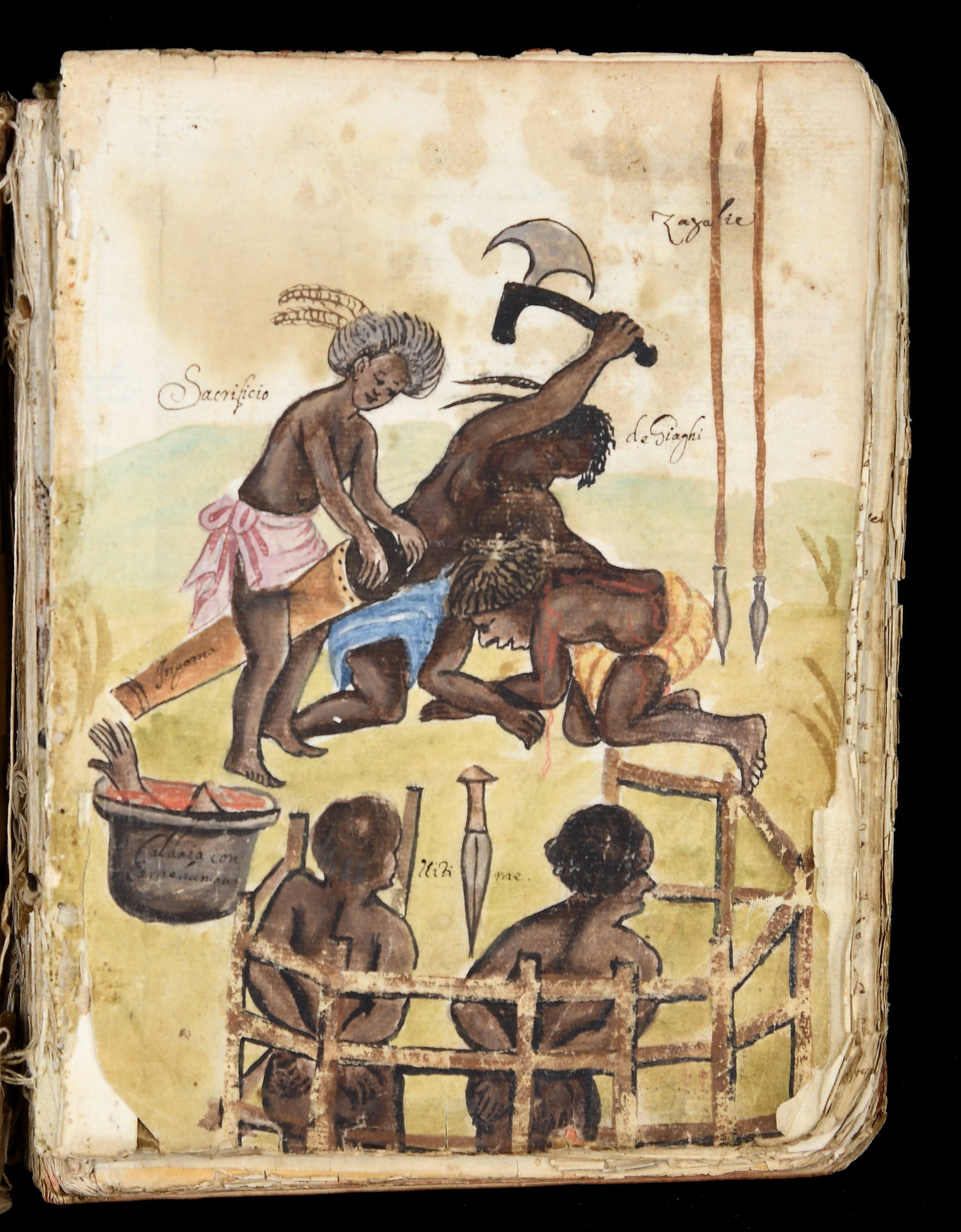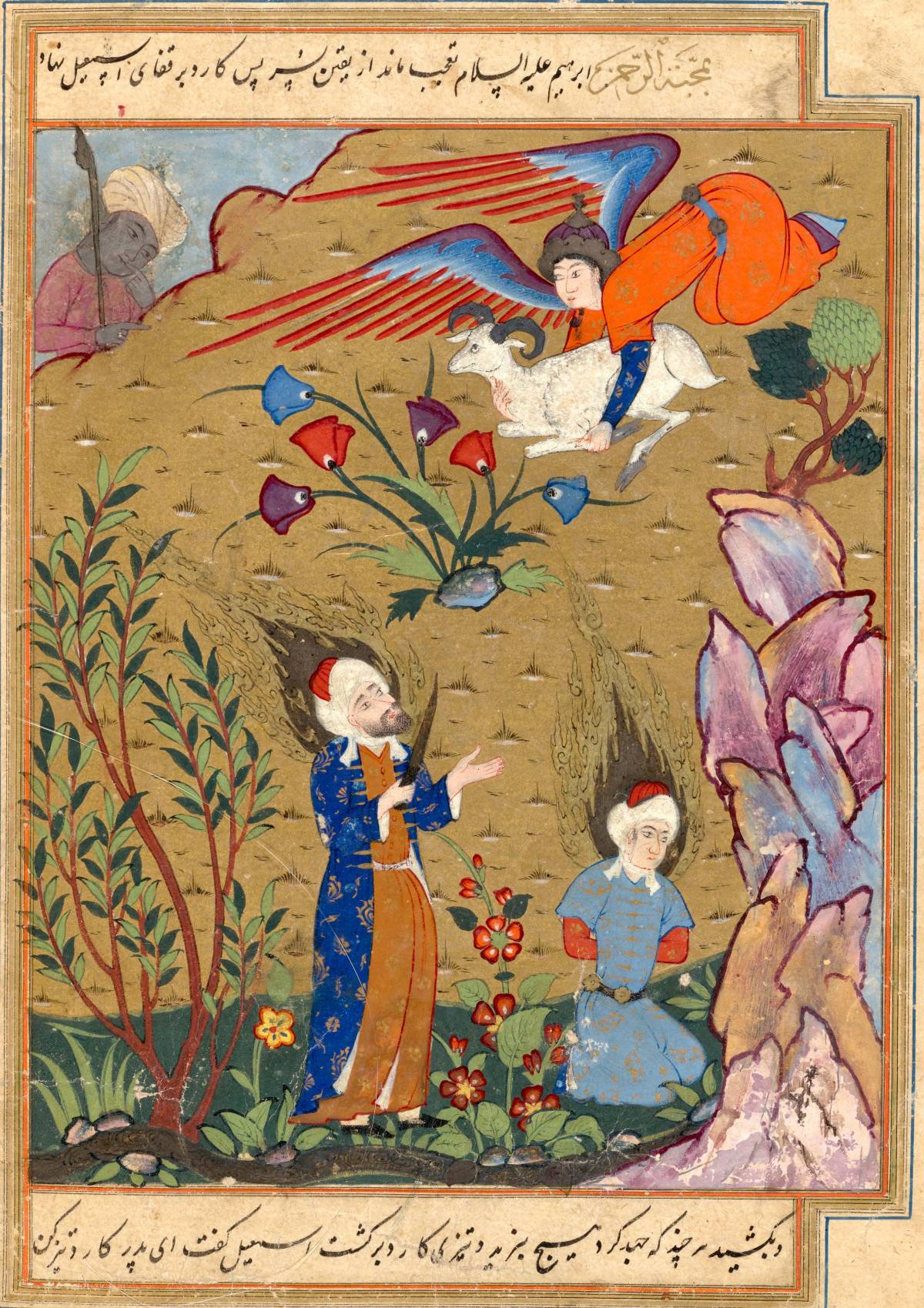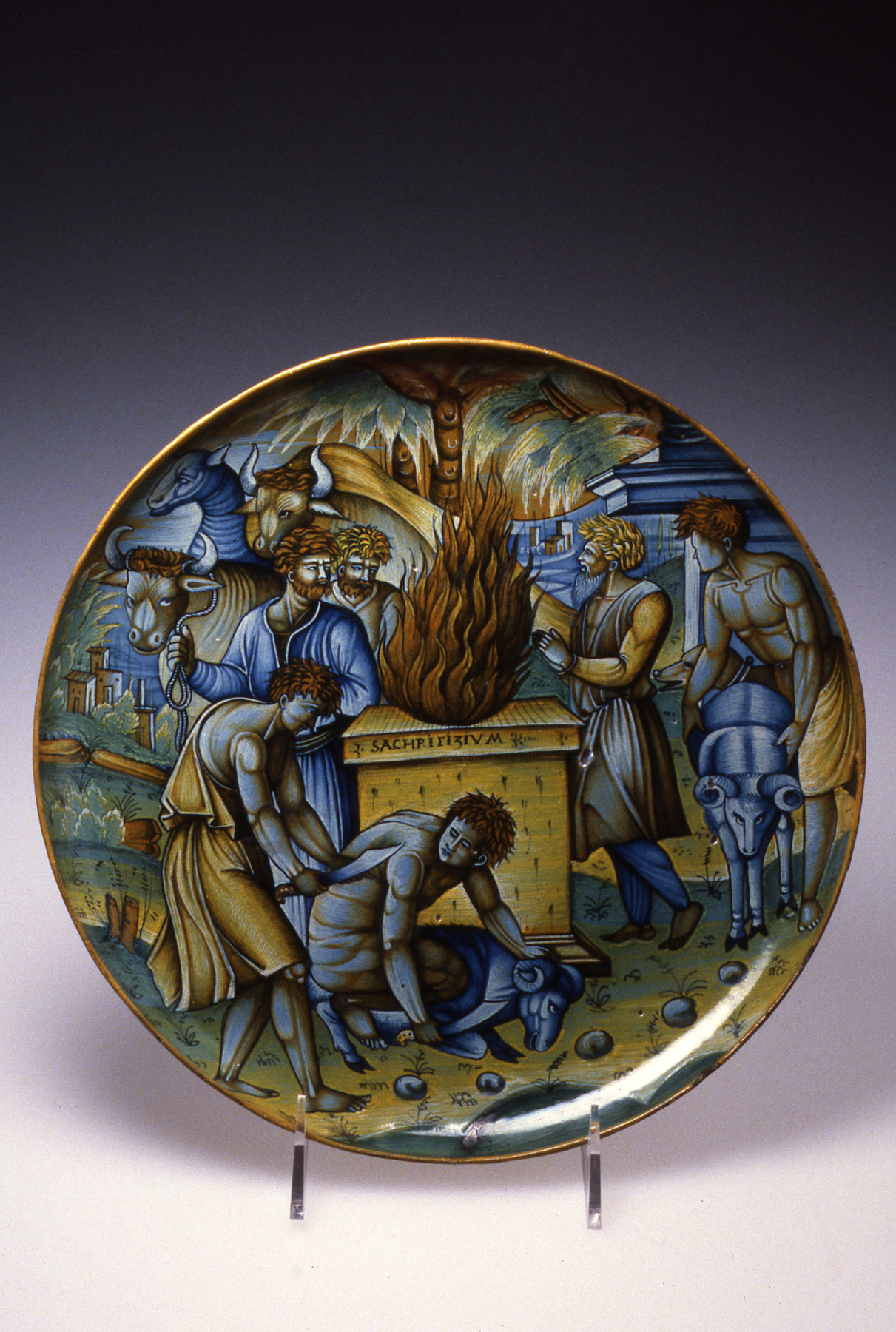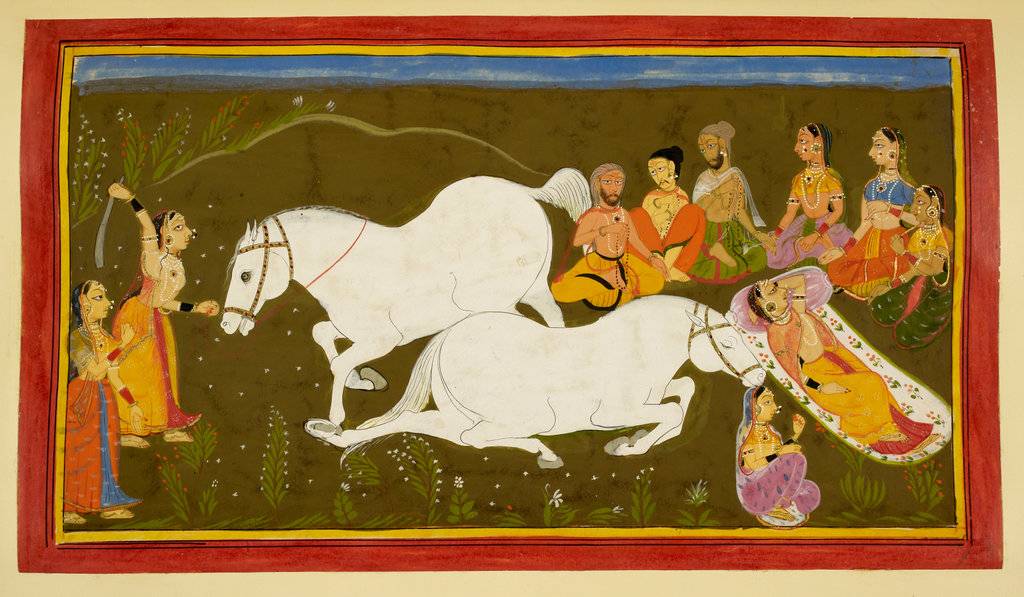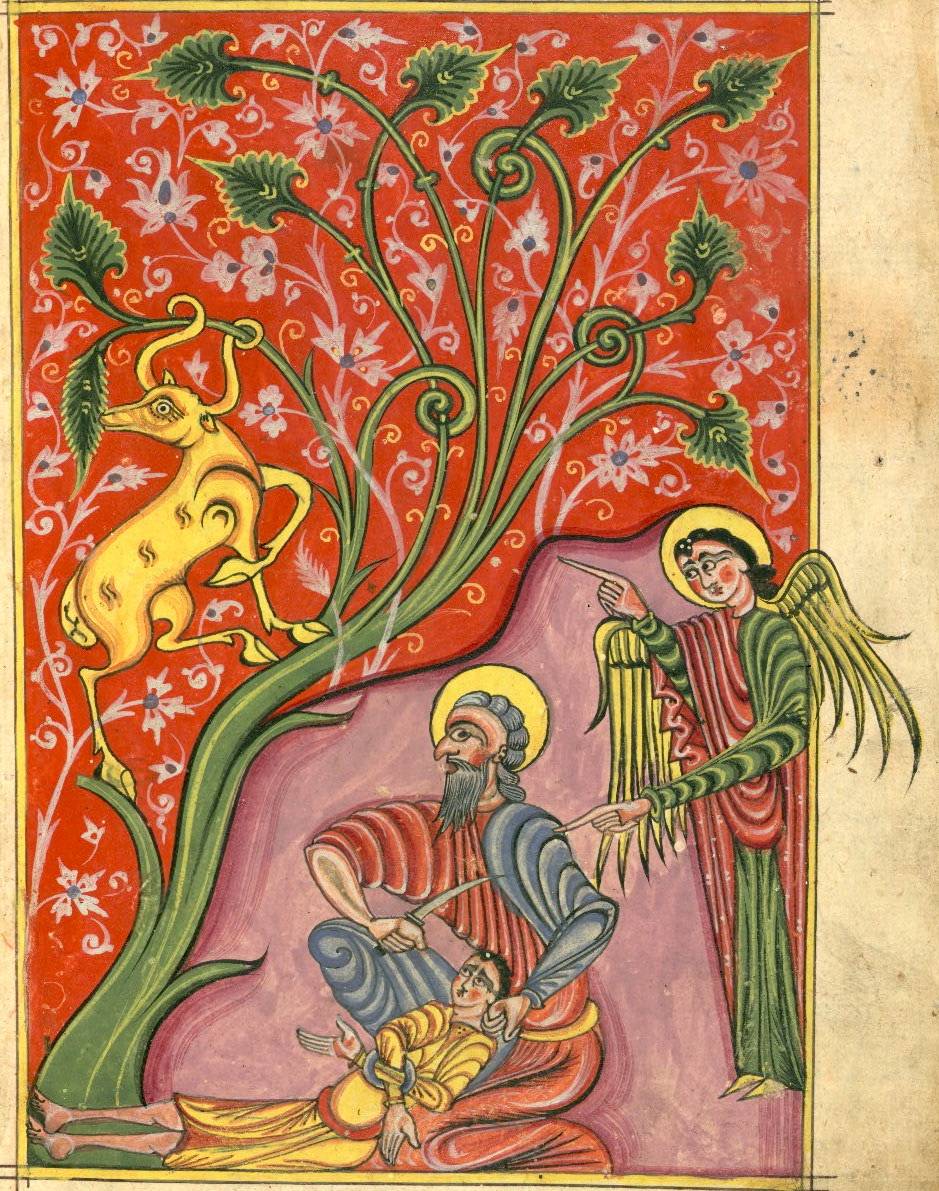Sacrifiles is a research project exploring the evolution of religious sacrifice from the Late Middle Ages to modern times. Focusing on the transformative period of confessional conflicts in Europe, we examine the multifaceted ways in which the concept of sacrifice has been interpreted, translated, and utilized. Moving beyond a Eurocentric view, our study adopts a global perspective, acknowledging the critical role of comparative early modern analysis of sacrificial practices in shaping religious, political, and theological discourses worldwide. Through this comprehensive approach, we aim to illuminate the complexities and impacts of the concept of religious sacrifice across various cultures and times.
Research Scope:
Sacrifiles is a synergistic and interdisciplinary project led by the University of Bologna (Department of History and Cultures), in partnership with the Universities of Florence, Macerata, and Naples (L’Orientale).
The team examines a broad spectrum of sources, both written and iconographic, including biblical commentaries, historical texts, philosophical treatises, philological essays, scholarly works, and accounts by Catholic missionaries. We've developed a dynamic database cataloging these materials along with a comprehensive bibliographic repertoire on sacrifice, totaling over 5,000 entries.
Key Focus Areas:
- Holy War and Biblical Models: Investigating the persistent role of holy war and biblical figures as sacrificial symbols during Europe's religious turmoil.
- Catholic Sanctity and Sacrifice: Decoding the ideological narratives and evolving perceptions of bodily sacrifice in the early modern Catholic tradition.
- Protestant Martyrologies and Reformation: Analyzing sacrifice in Protestant martyrologies and its reinterpretation in the Radical Reformation.
- Sacrifice in Political Contexts: Exploring how sacrifice is depicted and employed within political frameworks.
- Early Comparative Religious Studies: Investigating diverse sacrificial practices across the three Abrahamic traditions and other contexts like India and the Americas, marking the inception of religious history as a discipline and paving the way for a critical assessment of Christianity.
Outcomes:
- Seminars and Workshops: We organize scholarly events to discuss, debate, and refine ideas within the project's thematic scope. [Link a tutti e non solo a uno]
- Publications: Our research culminates in papers and articles contributing to academic discussions on religious sacrifice. [Link, idem come sopra]
- Database: A comprehensive digital archive of primary sources, images, and bibliographic entries focused on religious sacrifice, serving as an essential resource for scholars and students. This archive will continue to be updated even after the project's conclusion.
